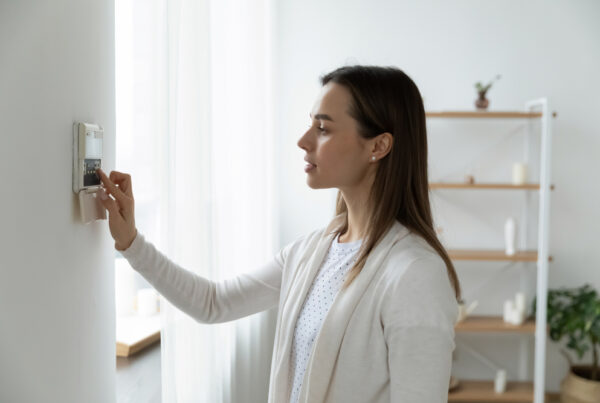In late July, the U.S. Department of Housing and Urban Development (HUD) published a proposed rule in the Federal Register that would allow mortgage servicers to use telephonic or other electronic means to communicate with a distressed borrower. It is believed that expanding communications options would yield a better chance of getting a response from a borrower in trouble.
The proposed rule — the comment period is open until September 29, 2023 — adds telephone and video calling to permitted communications, doing away with an in-person requirement in place since 1976.
“[T]his rule proposes to update HUD’s current in-person, face-to-face meeting requirements by permitting mortgagees to utilize methods of communication most likely to receive a response from the mortgagor as determined by the Secretary, including electronic and other remote communication methods, such as telephone calls or video calls, to meet with mortgagors who are in default on their mortgage payments,” the proposed rule explained.
The rule would also expand a meeting requirement to all borrowers in default, including those “who do not reside in the mortgaged property and those with a mortgaged property not within 200 miles of their mortgagee, its servicer, or a branch office of either”, the proposal said.
In the proposal’s supplementary information section, HUD explains that the rule, as currently enforced, is simply outdated and does not account for modern methods of communication that would comply with the protection of the involved parties’ personal information.n
A bit of history
“This [face-to-face] requirement […] originated during a time when mortgage lending and servicing activities were conducted in person at locations in the local communities a mortgagee served,” the proposal explained. “At that time, a ‘face-to-face’ meeting was the most effective way to discuss and facilitate loss mitigation options because knowledgeable mortgagee staff were available at locations near the mortgaged property.”
Face-to-face became less effective in the ‘90s when lenders started consolidating origination and servicing activities in more centralized locations. Over time, this practice led to greater distances between borrowers and lenders. Simultaneously, as communications technology expanded, many people simply preferred to conduct their financial transactions online.nn“As a result of mortgagees’ expanded outreach processes to mortgagors and mortgagors’ ability to independently research loss mitigation options, mortgagees reported very few mortgagors who agreed to participate in face-to-face meetings with their mortgagees prior to the COVID–19 pandemic,” the proposal said.
Helping lenders, too
Data obtained from the Mortgage Bankers Association (MBA) in feedback to HUD also demonstrated more limited participation from lenders, and sometimes burdensome costs for borrowers that can stem from the current face-to-face requirement.
“The evidence shows mortgagees are seeking ways to automate, simplify, and expedite mortgage origination and servicing processes through technological innovation,” the proposal said. “HUD’s proposed updates to the in-person meeting requirement […] align with such advances and better support mortgagor engagement preferences.”
This notice continues HUD’s moves toward modernization which started in 2020 with HUD’s guidance on digital signatures and documentation. That guidance opened the door to using electronic signatures and other modern technology with leasing and certification of household income and eligibility. This rule change created new possibilities for remote and virtual transactions for recertications, leasing, and now – mortgage default resolution.



